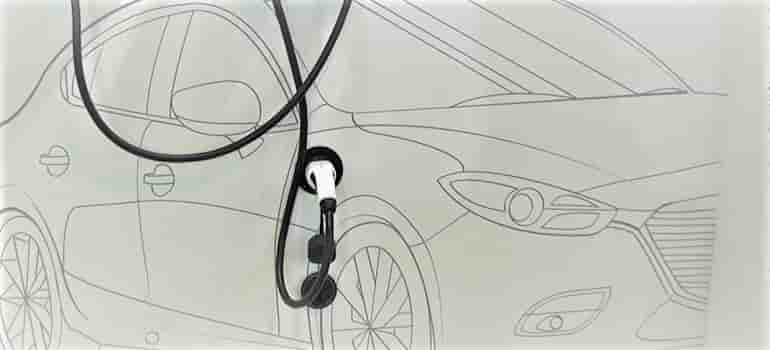Shift away from rare earth magnets drives copper use, but efficiency gains and alternative technologies offer some offset
Electric vehicle (EV) motors are a key component of electrification, but their reliance on rare earth magnets is raising concerns due to price volatility and environmental impact. While alternative motor technologies often increase copper demand, improvements in winding efficiency offer some offset notes IDTechEx in its new report.
Report Highlights:
- Magnet-free motors like wound rotor types use significantly more copper than permanent magnet models, pushing up overall demand.
- Emerging technologies like reluctance motors may offer lower copper use, but mass adoption in EVs is yet to be seen.
- Hairpin windings and pre-winding techniques improve copper utilization in stators.
- Despite efficiency gains, EV market growth will drive a 3.1-fold increase in copper demand for EV motors by 2034.
- Copper demand for the entire automotive market is expected to increase at a 4.8% CAGR until 2034, fueled by electrification and autonomy trends.
The Shift Away from Rare Earth Magnets:
Traditional permanent magnet motors rely on rare earth elements, raising concerns about their sourcing and impact on the environment. This is driving a shift towards magnet-free alternatives like wound rotor motors, which use more copper in their rotors.
Emerging Technologies and Copper Use:
Reluctance motors, despite challenges in power density, noise and efficiency, offer lower copper content. However, their widespread adoption in EVs is still uncertain. Axial flux motors, still in early stages, promise high power density with lower copper demand per kW.
Winding Efficiency Improvements:
Hairpin windings offer better space utilization and reduce excess copper compared to traditional round wires. Pre-wound hairpin technology further optimizes copper use and enables more stator poles.
While copper utilization improvements exist, the burgeoning EV market will significantly increase total copper demand for EV motors. IDTechEx forecasts a 3.1-fold rise by 2034, with broader automotive copper demand growing at a 4.8% CAGR due to electrification and autonomy trends.


